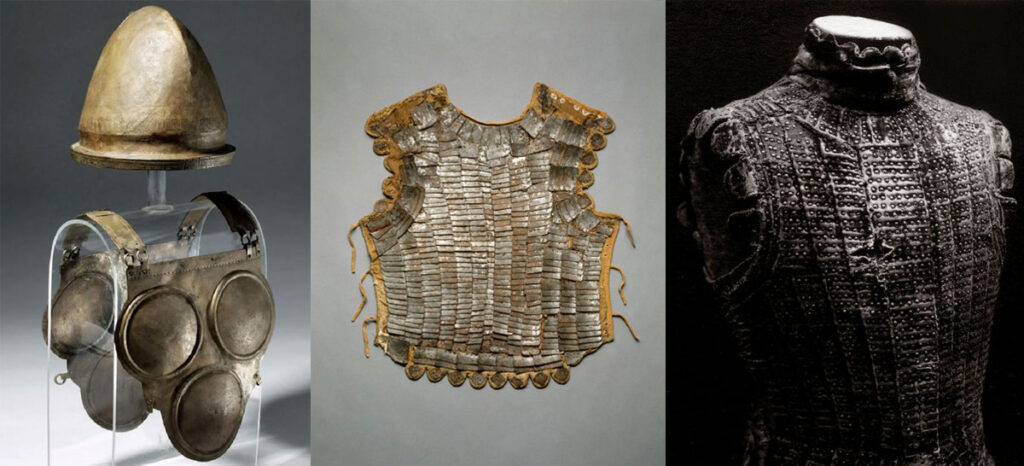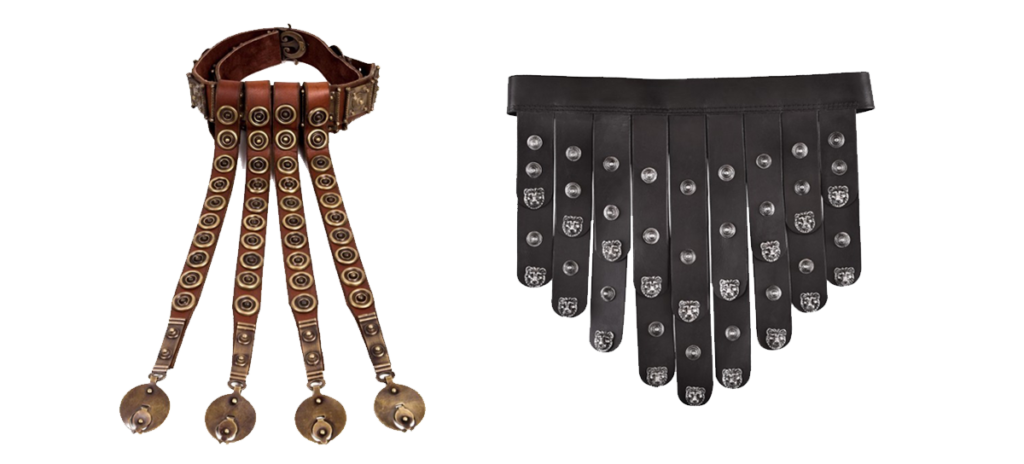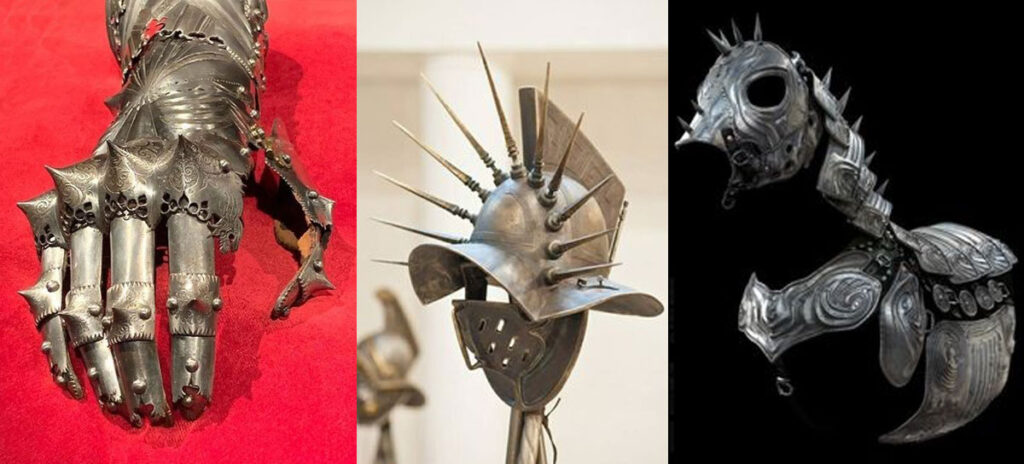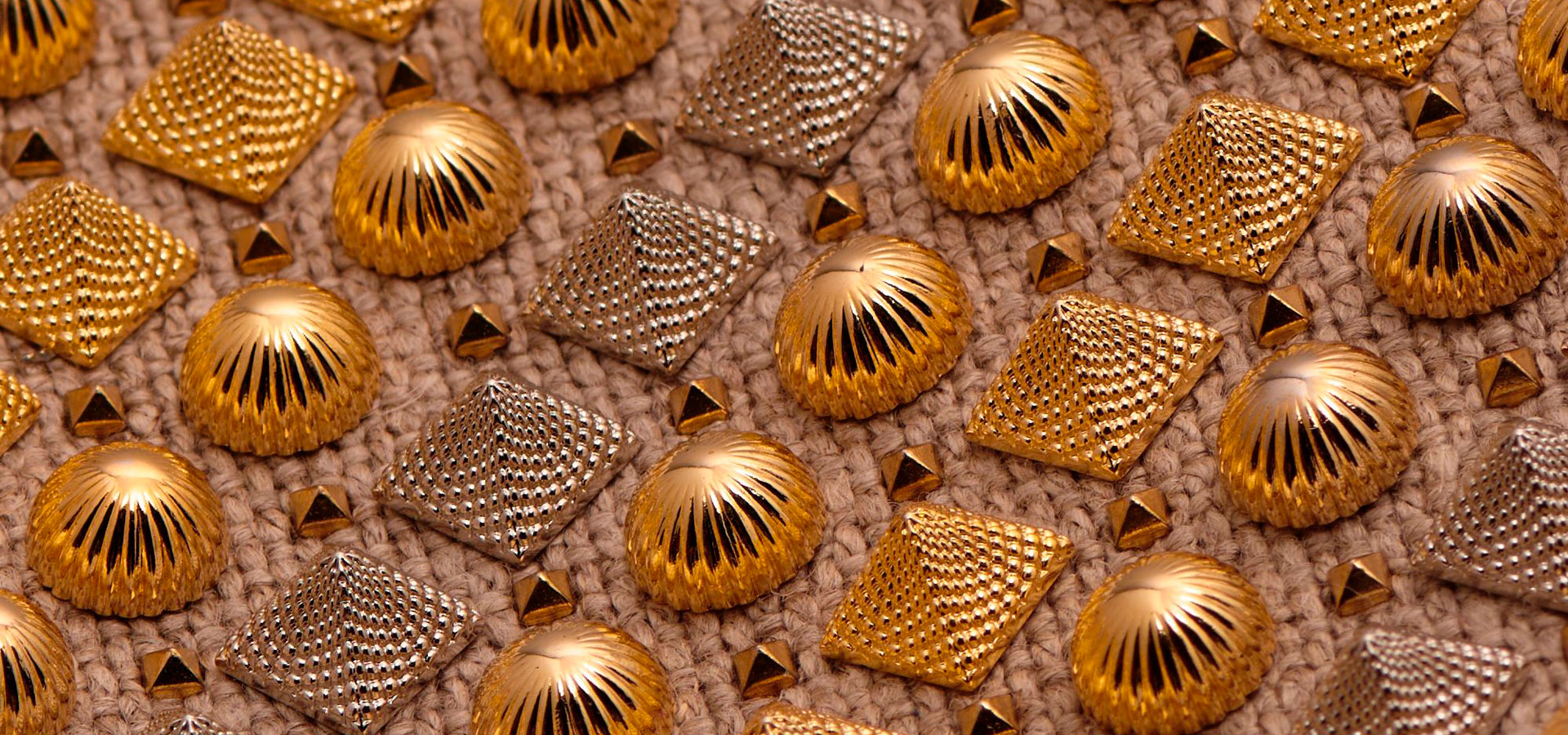
THE BLEMISHES IN MILITARY CLOTHING
Purpose and Practicality
Studs and appliqués on clothing have been for centuries, a declaration of acts.
Defined by the RAE as “short nail with a large head”, this detail had its first notable appearance during the second millennium BC. C., when metallic armor arose.
Due to the heavy material, these were used to join its different parts, although they were also given ornamental use.

This function is clearly seen in the pteruges of ancient Greek and Roman soldiers, which consisted of a decorative piece located at the waist of the armor. Very different from the use that was given to it in the Late Middle Ages, where the brigantine stood out, a breastplate from the 14th to the 16th century made up of small sheets of steel located between layers of leather or linen and fastened with tacks that served to prevent the penetration of bladed weapons and absorb blows.

Having been used on the front lines, it was found that tacks could also be used for intimidation. And sometimes they went from being discreet little nails to elongate in the form of spikes, especially in the upper area of the helmet, on the chest and on horse armor.

We then see how from being simple appliqués, they became part of the personality of the person who wore them, transmitting to the outside the force with which they wanted to face the opponent, or the way of saying without words: “you won’t be able to beat me”.




